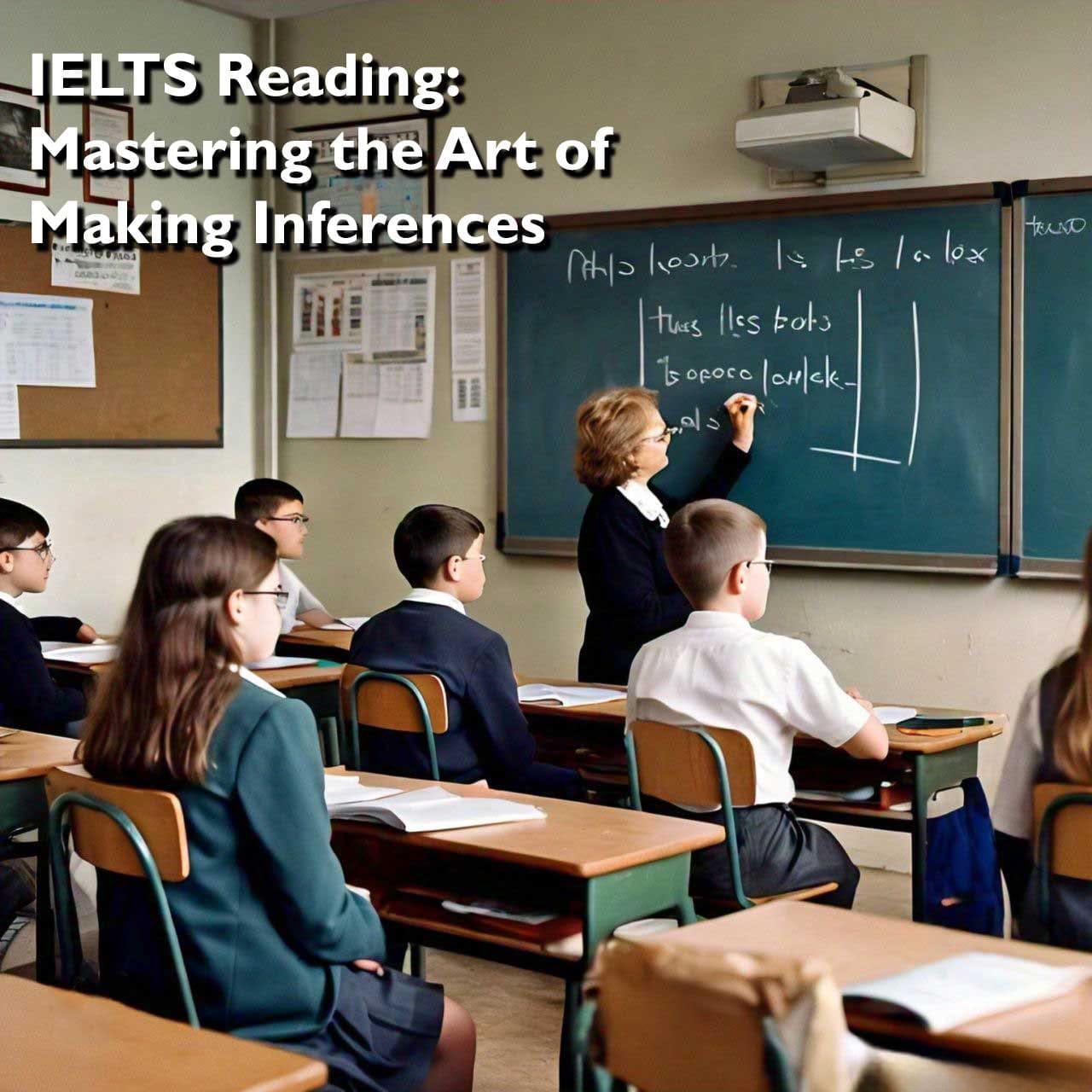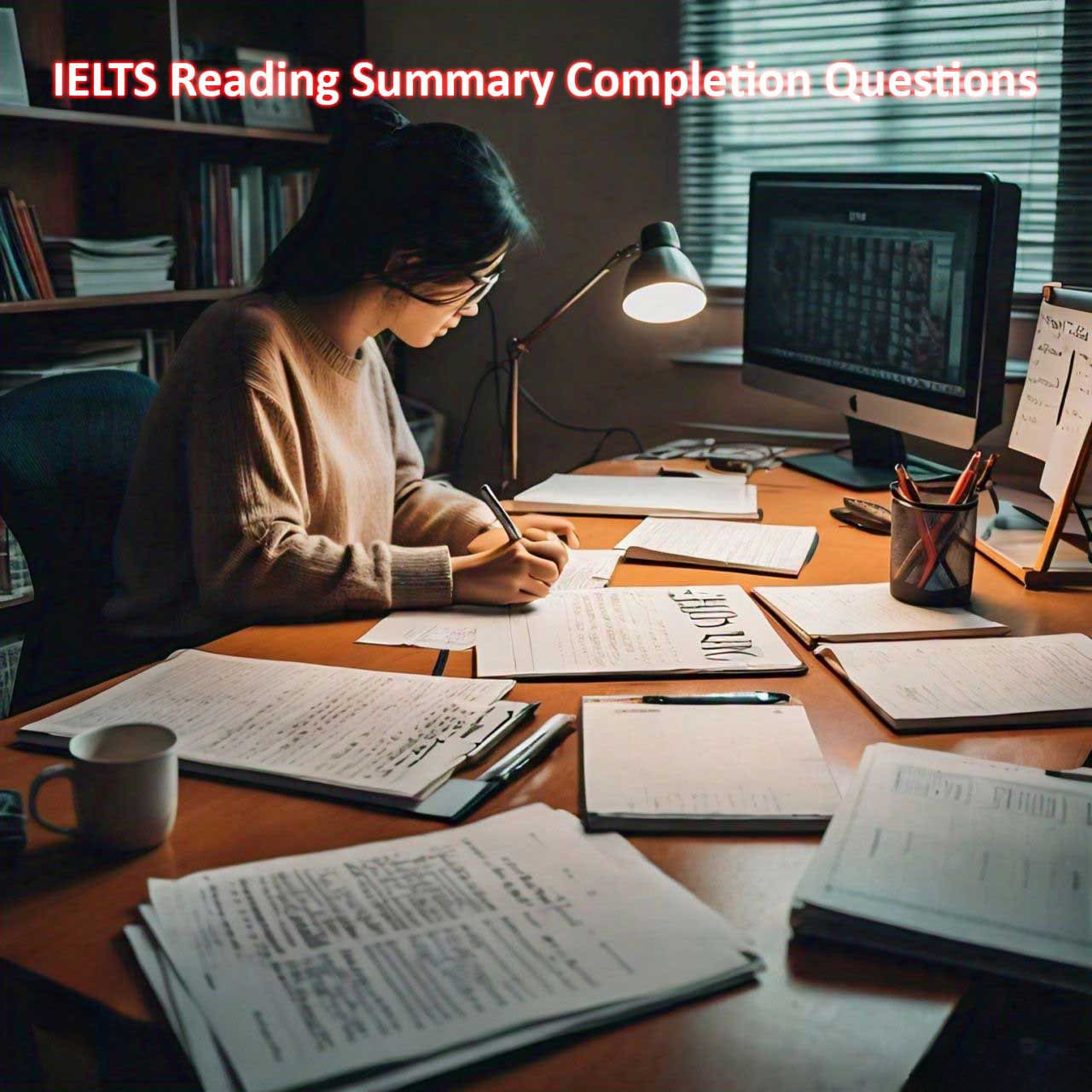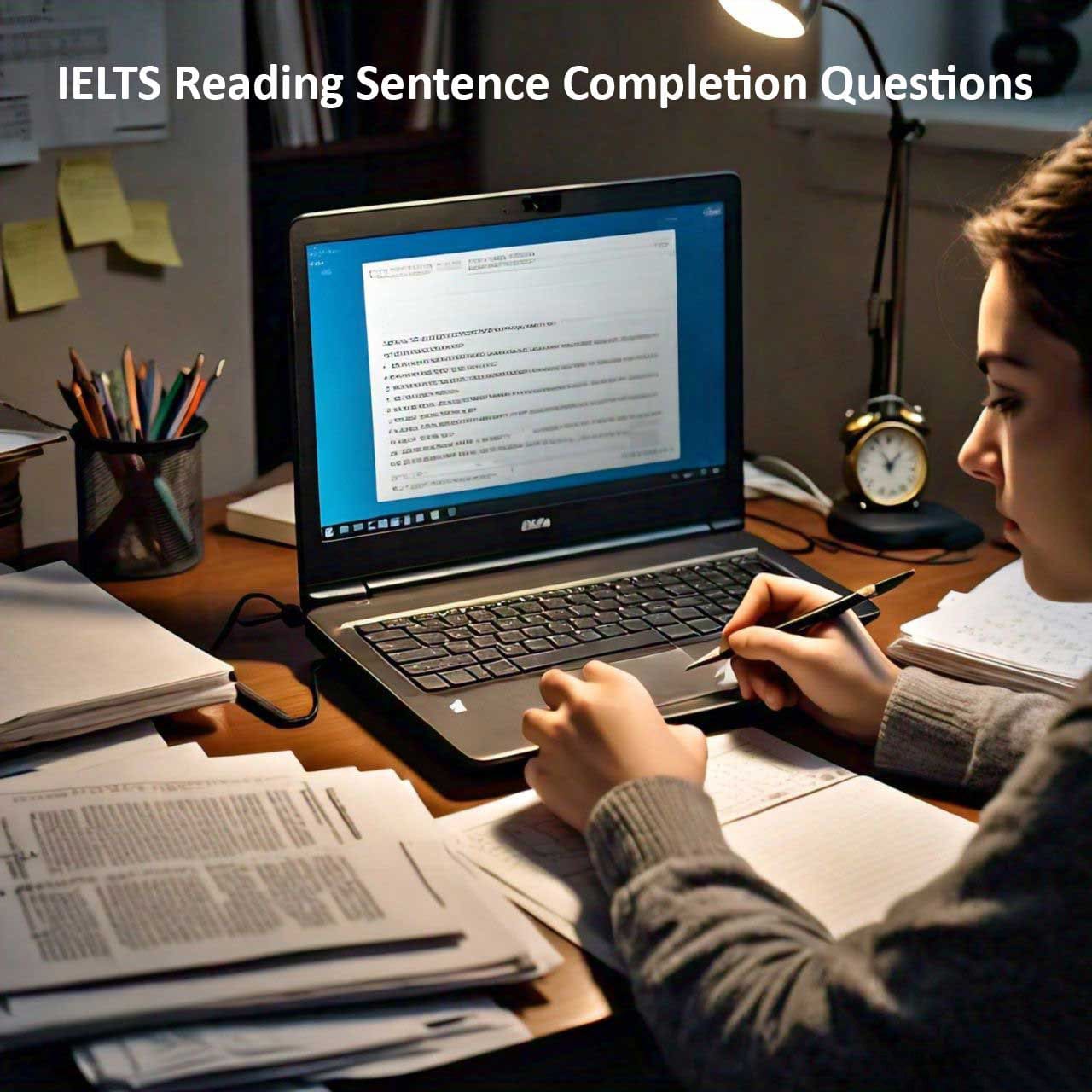The IELTS Reading section is designed to test your ability to understand and interpret complex texts. One of the key skills required to excel in this section is the ability to make inferences. This skill goes beyond simply comprehending the words on the page; it involves reading between the lines to understand the implicit meaning or underlying message. In this blog post, we’ll explore what making inferences means, why it’s crucial for the IELTS Reading test, and how you can develop and enhance this skill.
Table of Contents
Understanding Inferences in Reading
An inference is a logical conclusion or deduction made based on evidence and reasoning rather than explicit statements. In the context of reading, it involves interpreting what the author implies but does not directly state. Making inferences requires you to connect clues within the text and your background knowledge to understand the deeper meaning or predict future outcomes.
Why Inferences Matter in IELTS Reading
The IELTS Reading section includes a variety of question types that test your ability to make inferences, such as:
– True/False/Not Given: Requires understanding what information is explicitly stated and what is implied.
– Matching Headings: Demands an interpretation of paragraph content beyond just the surface meaning.
– Multiple Choice Questions: Often involve choosing answers that are not directly stated but inferred from the text.
Mastering the skill of making inferences can significantly boost your ability to tackle these questions accurately and efficiently.
How to Improve Your Inference Skills
1. Read Actively
Active reading involves engaging deeply with the text, questioning, and thinking critically about its content. Here’s how to practice active reading:
– Ask Questions: As you read, ask yourself what the author is trying to convey. What is the main idea? What is the author’s attitude or tone?
– Predict and Hypothesize: Try to predict what might happen next or what the author’s conclusion might be.
– Identify Key Clues: Look for words and phrases that hint at the underlying message, such as adjectives, adverbs, and connectors.
Example: In a passage discussing the impact of climate change on Arctic wildlife, if the author mentions “rising sea levels” and “habitat loss,” you can infer that these factors negatively affect the wildlife, even if it’s not explicitly stated.
2. Expand Your Vocabulary
A strong vocabulary helps you understand nuances and subtleties in the text, which are essential for making inferences.
– Learn Synonyms and Antonyms: Understanding words with similar or opposite meanings helps you grasp implied meanings.
– Study Contextual Usage: Learn how words are used in different contexts to better understand their connotations.
Tools:
3. Practice with Various Texts
Exposure to a wide range of texts helps you become familiar with different writing styles and contexts, enhancing your ability to infer meaning.
– Read Newspapers and Magazines: These often include implicit opinions and tones that require inference.
– Engage with Fiction and Non-Fiction: Fiction provides context for understanding character motivations, while non-fiction offers insights into interpreting facts and data.
Recommended Resources:
4. Identify Implicit Relationships
Understanding how different parts of the text relate to each other is key to making inferences.
– Look for Cause and Effect: Determine what events or statements lead to others.
– Understand Comparisons and Contrasts: Identify how the author compares or contrasts ideas, people, or events.
Practice:
– Analyze passages where the author contrasts two ideas or presents cause-and-effect relationships.
5. Analyze Character and Tone
In literary texts, understanding character actions, motivations, and tone can lead to deeper inferences.
– Examine Character Actions: Ask why characters act a certain way and what it implies about their motivations.
– Identify Tone and Mood: Look for descriptive language that indicates the author’s tone and the overall mood of the passage.
Example: If a character consistently avoids direct answers in a dialogue, you might infer they are hiding something or feeling uncomfortable.
6. Summarize and Synthesize
Summarizing helps you distill the main ideas and synthesize information from different parts of the text to make broader inferences.
– Create Summaries: After reading a passage, write a brief summary focusing on the main ideas and implied meanings.
– Connect Different Parts: Link ideas from different sections of the text to understand the overall message or theme.
Exercise:
– Summarize articles or chapters in your own words and identify any implicit messages.
7. Practice Inference-Based Questions
Regularly practicing inference-based questions can sharpen your skills and make you more confident in making logical deductions.
– Use IELTS Practice Tests: Focus on sections that require inference, such as True/False/Not Given or Matching Headings.
– Analyze Sample Answers: Review explanations for inference questions to understand how the answers were derived.
Resource:
Practical Exercises for Making Inferences
To enhance your inference skills, try these specific exercises:
1. Inference Worksheets: Use worksheets designed to practice inference skills. Websites like K12Reader offer free resources.
2. Reading Comprehension Exercises: Focus on passages that require you to read between the lines. Use platforms like ReadTheory.
3. Discussion and Debates: Engage in discussions or debates on complex topics. This helps you infer and articulate implicit meanings in arguments.
Conclusion
Making inferences is a critical skill for the IELTS Reading test, allowing you to understand and interpret texts beyond their literal meaning. By practicing active reading, expanding your vocabulary, and regularly engaging with a variety of texts, you can develop and refine your ability to make accurate inferences. With these strategies, you’ll be better equipped to tackle the most challenging questions in the IELTS Reading section.
Feel free to share your tips and experiences with making inferences in the comments below. Happy reading and best of luck with your IELTS preparation!
For more insights and tips on excelling in the IELTS Reading section, explore our other blog posts and resources.



